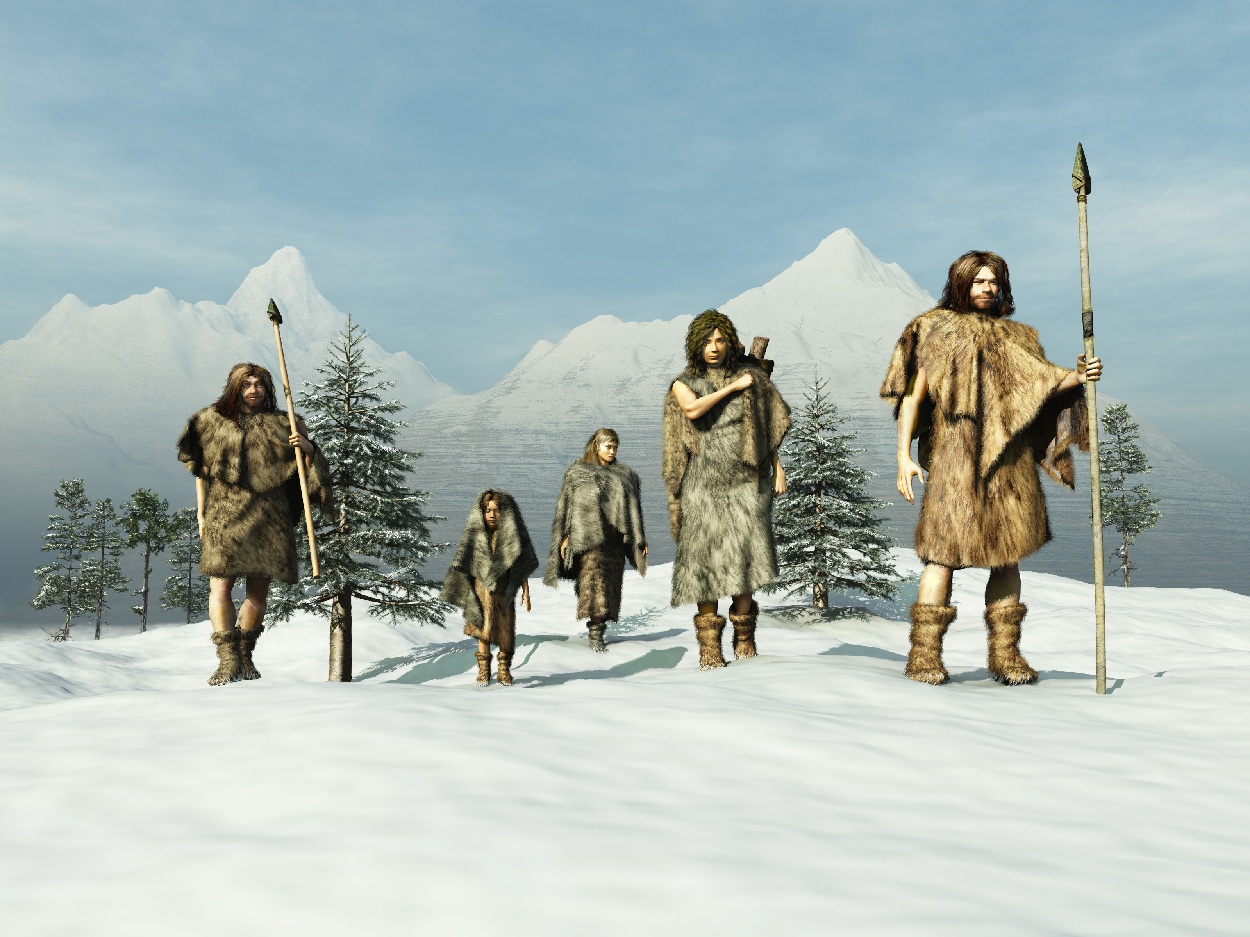Archaeologists from the University of Cambridge have uncovered evidence that early humans not only lived in Britain more than 700,000 years ago, but braved Britain’s Ice Age 440,000 years ago.
Excavations at Old Park on the banks of the River Stour in Canterbury, Kent, have revealed thousands of Palaeolithic stone tools attributed to Homo heidelbergensis, an early human species regarded as an ancestor of Neanderthals.
According to a study published in the journal Nature Ecology and Evolution, the stone tools date from between 712,000 and 621,000 years ago. While stone tools had been discovered at the site since the 1920s, fresh excavations launched in 2020 have revealed sediments far older than previously thought.
“Old Park is unique in the UK as it retains these exceptionally high, and therefore old, artefact retaining gravels. It is the fact we can excavate these sediments that’s so important. This isn’t possible at earlier archaeological occurrences in the UK, as they are located in cliffs or are buried too deeply,” explains Dr Alastair Key from the Department of Archaeology at the University of Cambridge.
The most surprising discovery came in layers dating to the Anglian glaciation, one of northern Europe’s most extreme ice ages. Excavations found sharp flint tools sealed between river gravels and sands that date to around 440,000 years ago.
“The clearest explanation is that these humans were making flint tools directly on top of the gravel during this ice age, and that these tools were then quickly covered before their edges abraded and broke,” said Dr James Clark.
“This is exciting because it was previously assumed to be impossible for humans to survive in Britain during these cold phases, meaning the evidence is testament to the adaptability of these very early populations,” added Dr Clark.
Header Image Credit : Shutterstock
Sources : University of Cambridge





